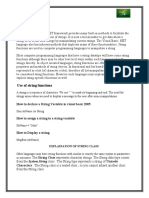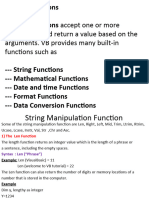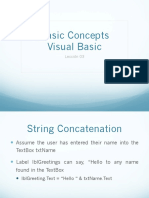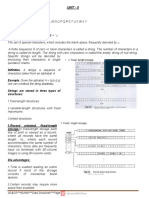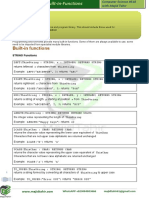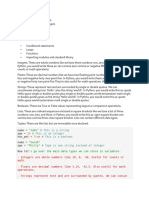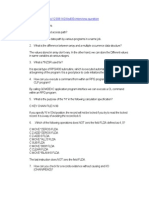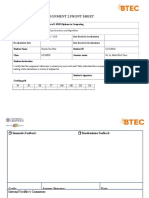0% found this document useful (0 votes)
115 views34 pagesLecture#1 String Manipulation
This document discusses various string manipulation functions in programming languages. It covers assigning and inputting strings, determining string length, extracting parts of strings, searching strings, concatenating strings, converting between character and ASCII codes, and changing the case of strings. Functions covered include length, left, right, mid, locate, concatenation with &, asc, chr, ucase, lcase, to_upper, and to_lower. Examples are provided in pseudocode and VB.NET.
Uploaded by
koimin203Copyright
© © All Rights Reserved
We take content rights seriously. If you suspect this is your content, claim it here.
Available Formats
Download as PPTX, PDF, TXT or read online on Scribd
0% found this document useful (0 votes)
115 views34 pagesLecture#1 String Manipulation
This document discusses various string manipulation functions in programming languages. It covers assigning and inputting strings, determining string length, extracting parts of strings, searching strings, concatenating strings, converting between character and ASCII codes, and changing the case of strings. Functions covered include length, left, right, mid, locate, concatenation with &, asc, chr, ucase, lcase, to_upper, and to_lower. Examples are provided in pseudocode and VB.NET.
Uploaded by
koimin203Copyright
© © All Rights Reserved
We take content rights seriously. If you suspect this is your content, claim it here.
Available Formats
Download as PPTX, PDF, TXT or read online on Scribd
/ 34






